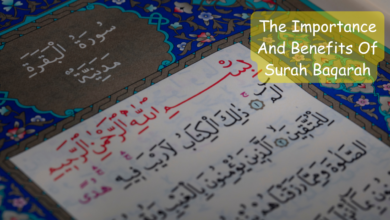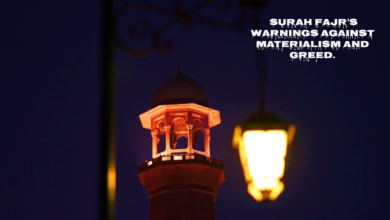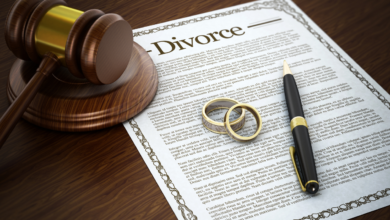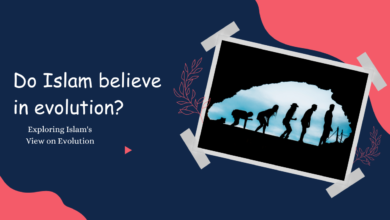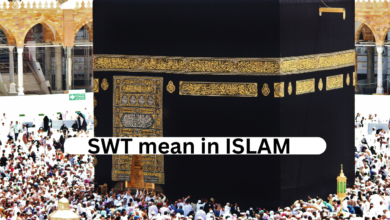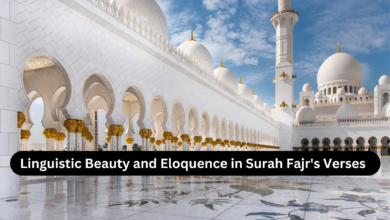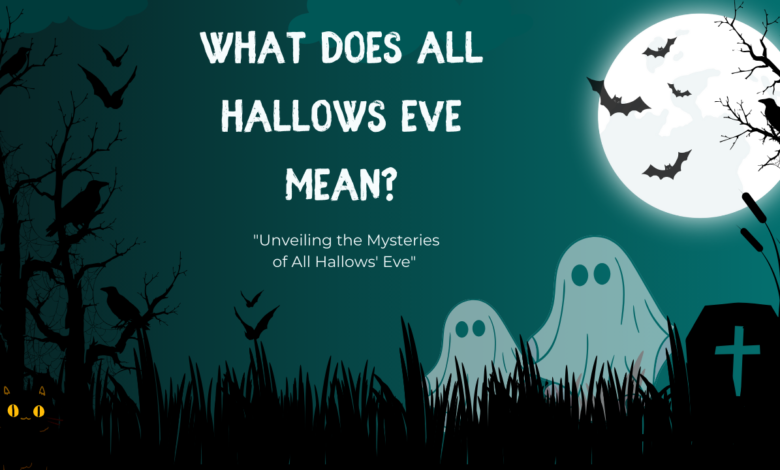
What does all hallows eve mean?
All Hallows’ Eve, commonly known as Halloween, is a holiday celebrated on the night of October 31st. It precedes All Saints’ Day on November 1st and All Souls’ Day on November 2nd in the Christian tradition.
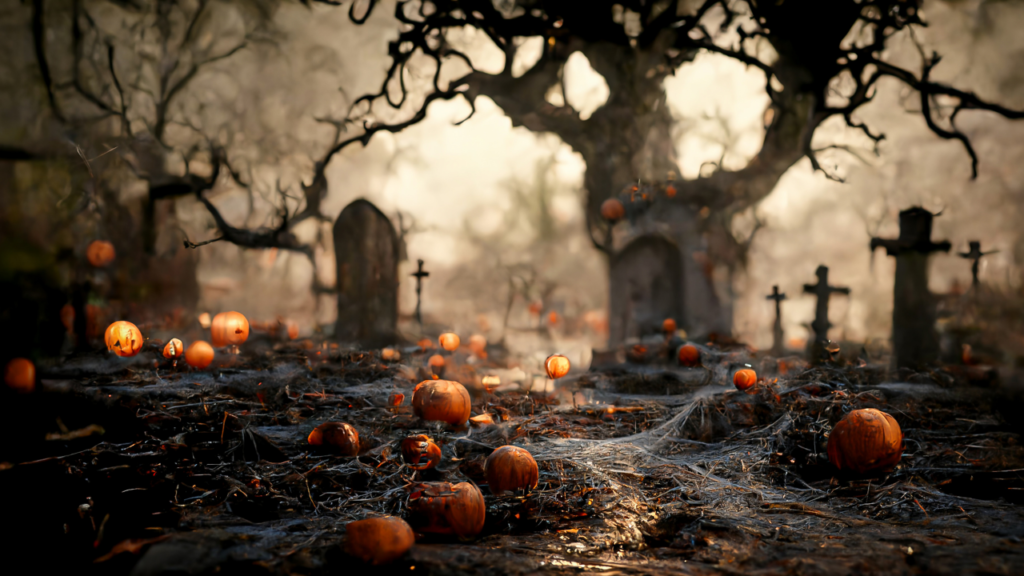
Introduction
All Hallows’ Eve, commonly known as Halloween, is a globally celebrated holiday with roots in various traditions and cultures. While it’s often associated with costumes, candy, and spooky decorations, its origins are far more complex and fascinating. In this article, we’ll delve into the history and meaning of All Hallows’ Eve, shedding light on the rich tapestry of customs and beliefs that have contributed to the modern celebration of Halloween.
Origins of All Hallows’ Eve
All Hallows’ Eve is derived from its Christian predecessor, All Saints’ Day, also known as All Hallows, which falls on November 1st. All Saints’ Day was established by Pope Gregory III in the 8th century to honor all saints, known and unknown, and to commemorate the Christian martyrs. The term “hallow” refers to a saint or holy person, and “eve” signifies the evening before a significant religious observance.
Interestingly, the timing of All Saints’ Day was strategically chosen to coincide with the Celtic festival of Samhain, a pre-Christian celebration marking the end of the harvest season and the beginning of winter. Samhain was believed to be a liminal time when the boundary between the living and the dead blurred, allowing spirits to roam freely.
Also Check
- What is Judgement day in Islam?
- Is Music Forbidden In Islam?
- Rights of a Muslim Wife upon Her Husband
- Why is Friday important for Muslims?
- Where did Christianity start?
- Is Halloween Haram in Islam?
- Do Christians celebrate passover?
Cultural Influences
The convergence of Christian and Celtic traditions gave rise to All Hallows’ Eve, a day that incorporated elements of both religious observance and folk beliefs. Over the centuries, Halloween evolved, influenced by various cultures:
- Roman Influence: The Romans, during their occupation of Celtic lands, introduced elements of their own harvest festival, Pomona, into Samhain. This contributed to the association of Halloween with apples, which are still a prominent feature of the holiday.
- Medieval Superstitions: During the Middle Ages, people believed that on All Hallows’ Eve, supernatural beings were more active, and rituals were performed to protect against malevolent spirits. This era also saw the rise of “soul cakes,” small treats given to the poor in exchange for prayers for the deceased.
- Irish and Scottish Traditions: Irish and Scottish immigrants brought many Halloween customs, such as carving turnips and telling ghost stories, to the United States. The pumpkin carving tradition we know today originated as a result of this influence.
- Mexican Influence: In some regions, especially in the southwestern United States, Halloween is celebrated alongside the Mexican holiday Dia de los Muertos (Day of the Dead), further emphasizing the connection between the living and the deceased.
Modern Halloween Celebrations
Today, Halloween has transformed into a diverse and festive occasion celebrated worldwide. While some people still observe the holiday with religious reverence, for many, it’s primarily a secular celebration focused on costumes, parties, and trick-or-treating.
Common Halloween customs include:
- Costume Parties: People of all ages dress up in costumes, ranging from spooky monsters to beloved pop culture characters.
- Trick-or-Treating: Children go from house to house, collecting candy and treats in colorful bags.
- Haunted Houses: Many communities set up haunted houses and other spooky attractions for thrill-seekers.
- Pumpkin Carving: The carving of pumpkins into jack-o’-lanterns is a beloved tradition.
- Scary Movies: Halloween is a prime time for watching horror films and ghost stories.
Conclusion
All Hallows’ Eve, rooted in a rich tapestry of Christian and pagan traditions, has evolved into a global celebration of creativity, community, and the mysterious. It continues to captivate people of all ages with its blend of history, superstition, and fun. While the holiday’s meaning may vary from person to person, its enduring allure lies in its ability to connect us to our past and our shared human fascination with the supernatural.
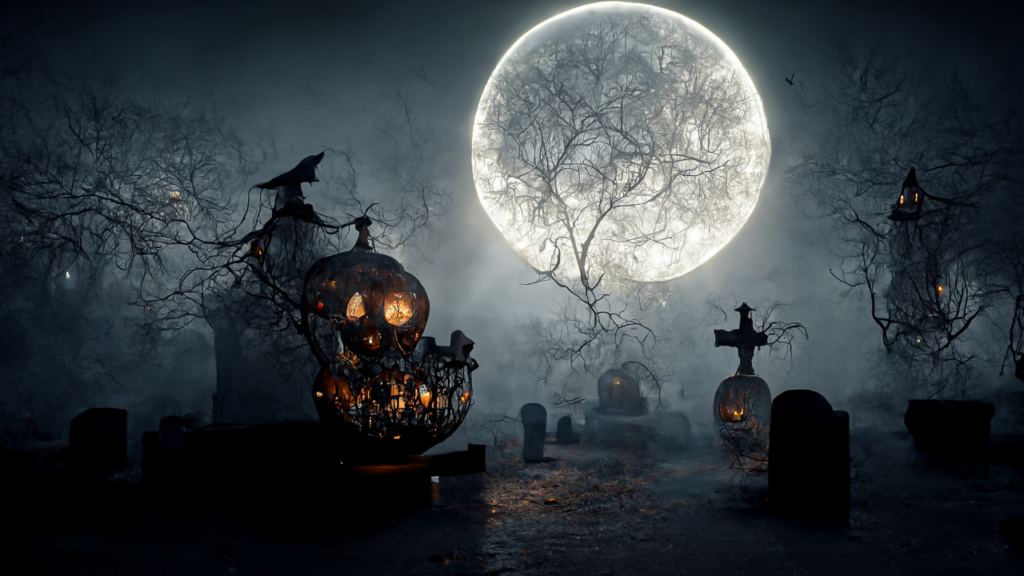
(FAQs) about “What does All Hallows’ Eve mean?”
What is All Hallows’ Eve?
All Hallows’ Eve, commonly known as Halloween, is a holiday celebrated on the night of October 31st. It precedes All Saints’ Day on November 1st and All Souls’ Day on November 2nd in the Christian tradition.
What does “All Hallows” mean?
“All Hallows” is an archaic term for “All Saints.” “Hallows” refers to holy or sacred individuals, and “All Hallows” collectively represents all the saints in the Christian tradition.
How did Halloween get its name from All Hallows’ Eve?
Halloween evolved from the phrase “All Hallows’ Even,” which means “the evening before All Hallows’ Day” or “the night before All Saints’ Day.” Over time, it became known as Halloween.
What is the historical origin of All Hallows’ Eve?
All Hallows’ Eve has its roots in Celtic and Christian traditions. The Celtic festival of Samhain marked the end of the harvest season and the beginning of winter. It was later Christianized into All Hallows’ Eve to honor saints and the deceased.
How is Halloween typically celebrated today?
Halloween is celebrated with various customs, including costume parties, trick-or-treating, haunted houses, and the decoration of homes with spooky themes. It has also become associated with folklore, scary stories, and horror-themed entertainment.
Is Halloween only celebrated in Christian-majority countries?
No, Halloween is celebrated in many countries around the world, regardless of their religious affiliations. While it originated in Christian traditions, it has become a secular holiday celebrated for fun and entertainment globally.
Are there any religious observances on All Hallows’ Eve?
Some Christian denominations observe religious services on All Hallows’ Eve to honor the saints and departed souls. However, the way it is observed varies among denominations.
Are there any superstitions associated with All Hallows’ Eve?
Yes, there are various superstitions related to Halloween, such as the belief that it is a time when spirits can easily cross into the living world. This has led to customs like wearing costumes to disguise oneself from malevolent spirits.
What are some traditional Halloween symbols and decorations?
Traditional Halloween symbols include pumpkins (jack-o’-lanterns), witches, ghosts, bats, black cats, skeletons, and spiders. These elements are commonly used as decorations during the holiday.
Is Halloween primarily for children, or do adults participate too?
Halloween is enjoyed by people of all ages. While it is known for children’s trick-or-treating, adults also participate by attending costume parties, carving pumpkins, and decorating their homes. It’s a holiday that brings together people of all ages for fun and festivities.

